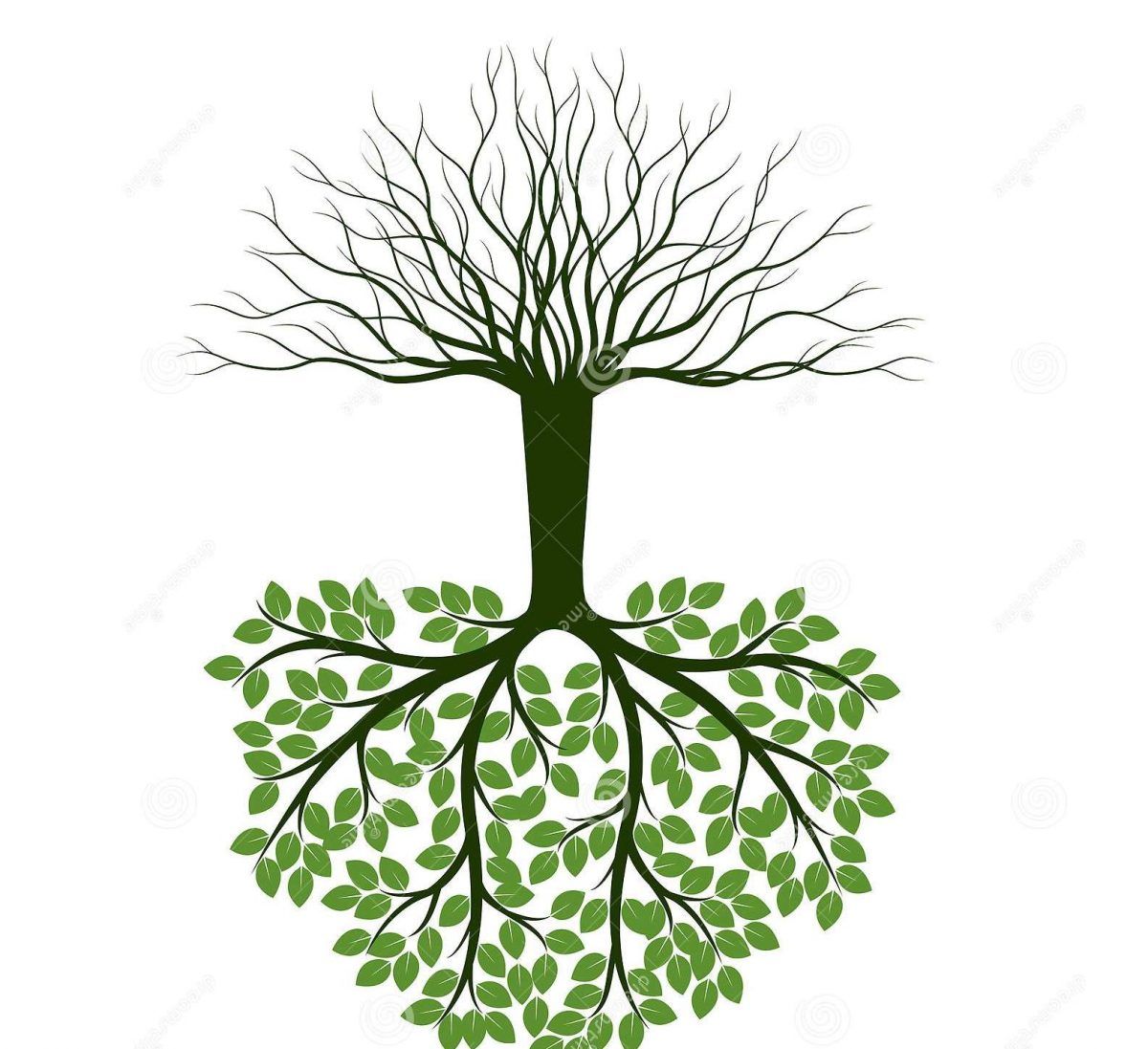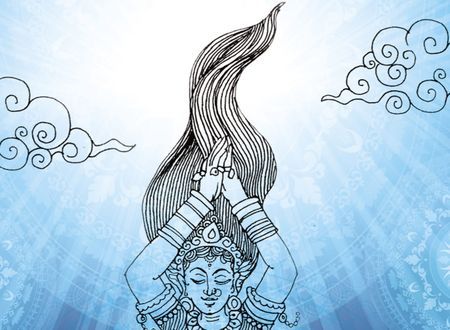Over the past few years, although I heard about the inverted tree mentioned in the Bhagavad Gita several times, I never quite understood it. That’s until a couple of months ago when it finally dawned on me. Neither do I know scriptures, nor am I a yogi. In fact I am a nobody, and this is probably one of the very few verses I know about from the Bhagavad Gita. This post is solely my interpretation of the verse based on one of Swami’s discourses, and I couldn’t brush it off and felt so hyper about it, so clearly, I had to share my thoughts here.
BG 15.1: The Blessed Lord said: They speak of an eternal aśhvatth tree with its roots above and branches below. Its leaves are the Vedic hymns, and one who knows the secret of this tree is the knower of the Vedas.
My understanding is that in essence, the source of a tree is from its roots, and the roots nourish the tree, giving rise to branches, leaves and fruits. That would be a normal tree, with roots found below the ground. Now, if we look at the concept of the inverted tree (of life/humans), the root being at the top with branches stemming below, is also simple.
In our case, our brain/mind is the root. A thought is at the root of every action. Everything that happens in our lives, whether that’s mental, emotional or even physical growth begins at the brain. The brain being the root, our arms and limbs would be the branches. We perform our actions based on our desires or impulses, using our limbs, arms, and other senses. These actions further bind us to the world as we create more and more karma, in addition to the attachment we develop with the fruits of our actions. Therefore the increasing branches forming below, also tie us to the world. I’ll refrain from commenting on the rest of the verses related to the vedas and the remaining verses in the chapter, as there are real knowledgeable people out there to do so.
I remember listening to Swami saying that if we cut the tree at the root (the brain in this case) then there is no tree. And I had an absolute SE (Sudden Realisation) moment. It sounded so simple:
As we become aware of our thoughts, if we drop them as they arise, then our desires and attachment to the outcomes will also diminish. This tree, can be chopped at the root (brain) by dropping thoughts, desires and expectations through detachment. It can then no longer root us to the world, because at the end of the day it is the attachment to certain outcomes, expectations and desires which bind us.
If we lead our lives with a sense of surrender and detachment to our actions, there may be a root up in the air, but the tree belongs to the world, for them rejoice in the fruits we provide! And that’s a wrap from me!
P.S:
Here is the sad thing, though: If I had just googled the meaning instead of contemplating on the verse, I would’ve found the answer much sooner. But oh well, so be it, I shared it in my own words. Now! If I’ve still completely missed the point of this tree, please pretend that this was a strange dream. Otherwise, please pretend it was a nice dream. In any case, here’s an axe, please chop off the tree but give me some of the mangoes:)









Comments & Discussion
42 COMMENTS
Please login to read members' comments and participate in the discussion.